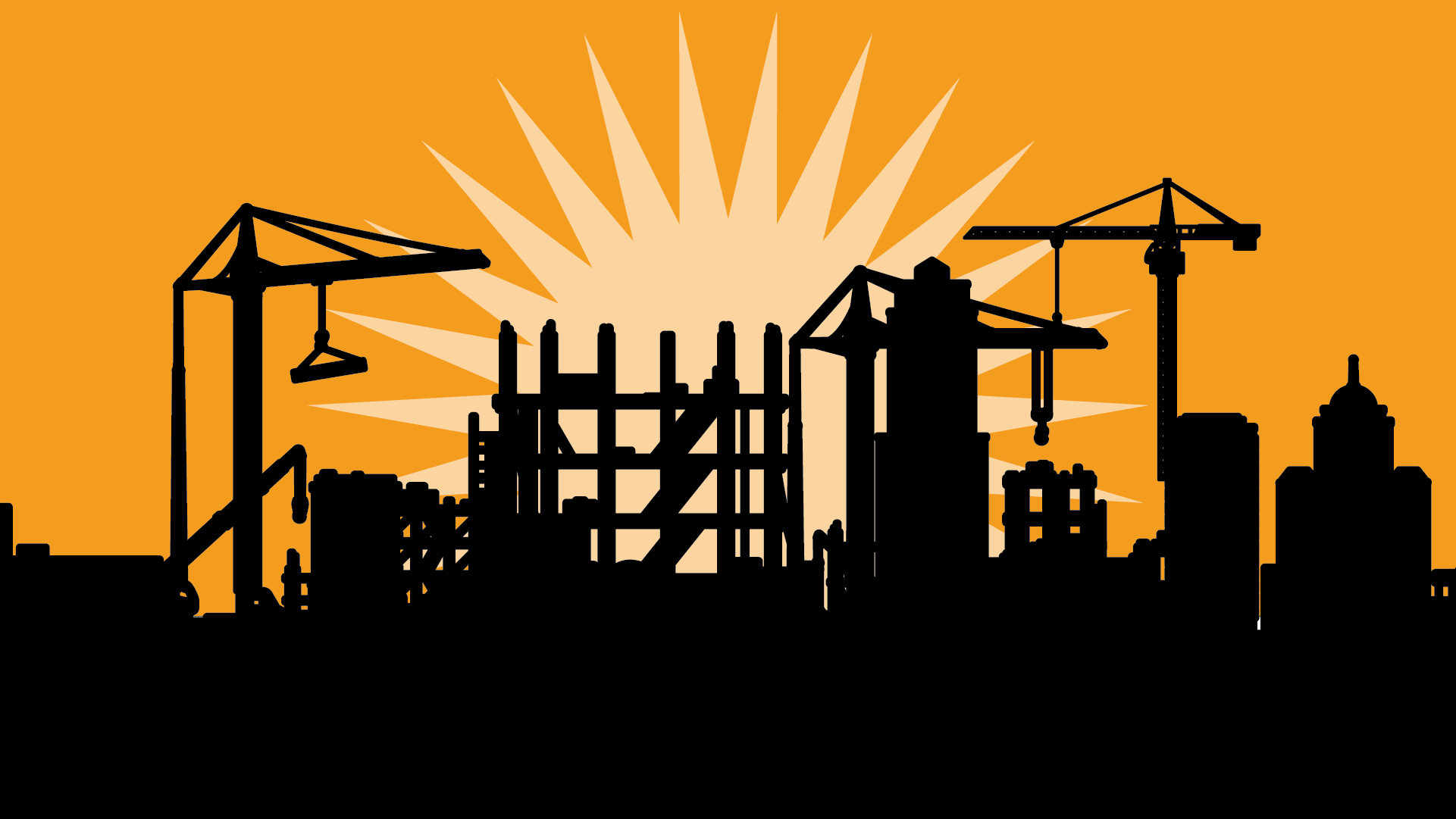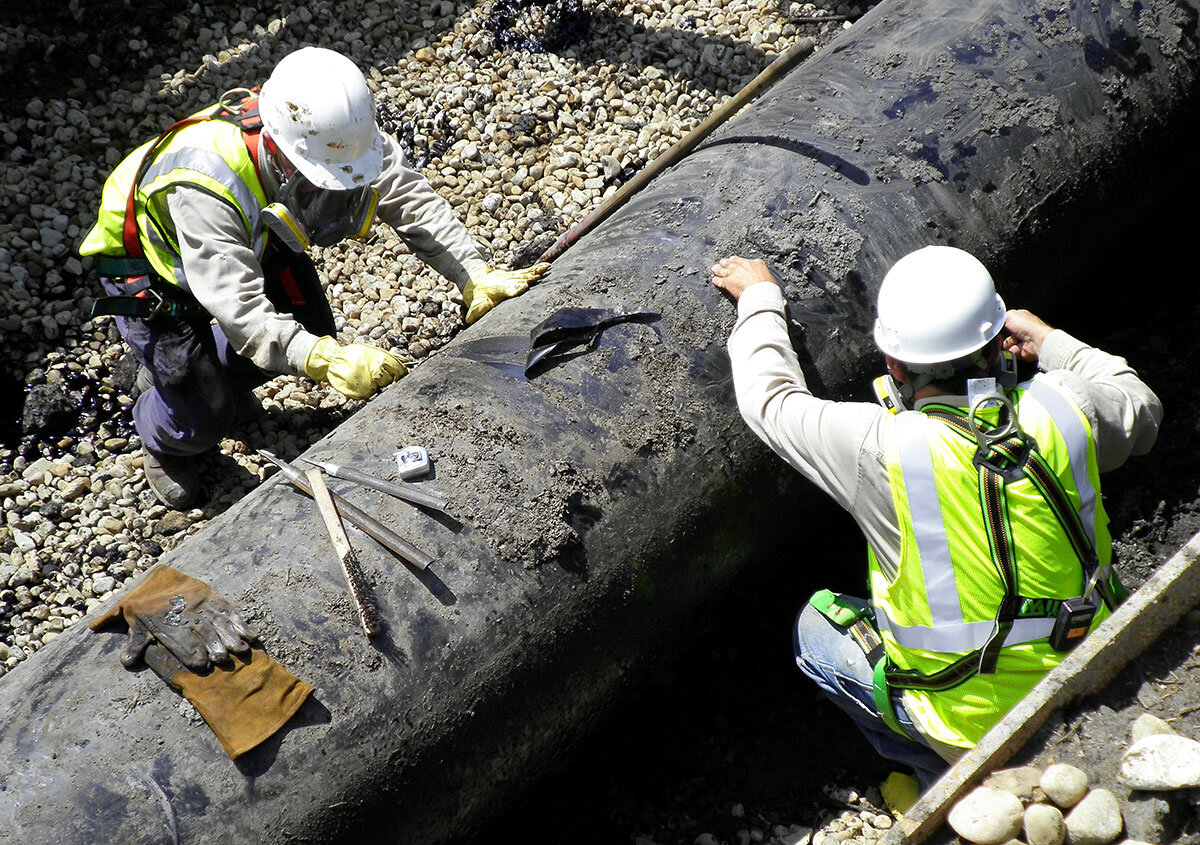
Toolbox Talks
Toolbox Talks safety briefings are an easy and efficient way to keep construction employees safe.
New Toolbox Talks Portal
🛠️
New Toolbox Talks Portal 🛠️
We’ve launched a NEW Toolbox Talks portal where you can access over 125 safety briefings that have been updated since 2023!
As development continues on the new portal, we will continue to host the older versions of the talks on this page as an archive.
What are Toolbox Talks?
These brief meetings offer an opportunity for team members to learn about potential hazards and preventive measures, as well as a chance for the employer to review safety regulations. They are a great way to ensure that everyone is aware of the safety protocols that must be adhered to in order to prevent accidents and injuries on the job site.
Each toolbox talk has been reviewed and approved by a subject matter expert at L&I DOSH.
Search Toolbox Talks
Type a search term in the search box below to view English toolbox talks that match your search query. Or, use the category dropdown to view related talks.
Funding and support for the Toolbox Talks project and mobile apps has been provided by the State of Washington, Department of Labor & Industries, Safety & Health Investment Project.
Confined Spaces
Date Posted: 02/10/2024
Confined spaces, such as utility holes, crawl spaces, and tanks, are not designed for continuous occupancy and are difficult to exit in an emergency. People working in confined spaces face life-threatening hazards, including toxic atmospheres/substances, electrocutions, explosions, and asphyxiation.
Silica in construction
Date Posted: 10/28/2023
OSHA estimates that more than 840,000 workers are exposed to silica levels that exceed the new permissible exposure limit (PEL) annually. Silica is found in many materials common on construction sites, including sand, concrete, rock, mortar, stone, and brick. When workers cut, grind, abrasive blast, jackhammer, or perform other tasks that disturb these materials, dust containing crystalline silica can be released into the air. Workers who inhale this dust are at risk.
Lead in construction
Date Posted: 10/27/2023
Lead is a toxic, naturally occurring heavy metal. Traditionally in the construction industry, most over-exposures to lead have been found in the trades such as plumbing, welding, and painting.
Carbon Monoxide (CO) Hazards in Construction
Date Posted: 10/27/2023
Carbon monoxide (CO) is a poisonous, colorless, odorless, tasteless gas. Although it has no detectable odor, CO is often mixed with other gases that do have an odor. So, you can inhale carbon monoxide right along with gases that you can smell and not even know that CO is present.
Carbon Monoxide - The Silent Killer
Date Posted: 09/23/2016
Carbon monoxide gas is colorless, tasteless, odorless and non-irritating. It cannot be detected by any of the senses. Because it is not readily detected, employees can be exposed to very high levels without realizing there is a problem.
Construction Material Salvage
Date Posted: 09/20/2016
Construction Material Salvage typically requires the deconstruction of a building in a way that preserves building materials for future reuse. The salvage of lumber, bricks, steel, windows, stone, floor coverings, ornamental items, etc. are common, if in good condition, for the reuse in new structures. It is becoming more necessary as virgin materials are more expensive. The reuse of salvaged materials also reduces unnecessary landfilling.
Construction Pollution Prevention
Date Posted: 09/20/2016
Construction Activity Pollution Prevention requires a lot of coordination and onsite management lending itself to potential overlap and collaboration opportunities between sustainability and safety. There are a number of parallels between safety supervision and construction activity pollution prevention that can make a jobsite and the surrounding community safer.
Demolition Safety
Date Posted: 09/18/2016
Demolition is high-risk work and adequate preparations are required. Falls and premature collapse of structures are the greatest risk. Communication is the best line of defense to reduce injury.
Diesel Exhaust
Date Posted: 09/18/2016
Diesel engines provide power to a wide variety of vehicles, heavy equipment and machinery in a large number of industries such as construction, transportation, mining, agriculture and types of manufacturing operations.
Indoor Air Quality - Green Building
Date Posted: 09/07/2016
Green Building Indoor Air Quality Management helps ensure worker safety and reduces the risk of poor air quality to future users of the finished space. A common responsibility of a site safety coordinator.
Lead Exposure
Date Posted: 09/06/2016
OSHA estimates that approximately 838,000 workers in construction are potentially exposed to lead.
Lumber Reuse
Date Posted: 09/06/2016
Lumber Reuse focuses on the removal of old wooden beams, columns, decking, studs, and ornamental woodworks for the reuse in new structures. It is becoming more common as virgin wood products are more expensive and the appearance can often be more attractive. The reuse of salvaged lumber products also reduces unnecessary material from being sent to the landfill.
Paint Spraying Operations
Date Posted: 09/04/2016
Summer is the season when many people want their houses repainted. In the Northwest, we get very few opportunities with good weather. It is important to not be in too much of a hurry that safety concerns are overlooked.
Portable Generator - Avoid Carbon Monoxide Poisoning
Date Posted: 09/02/2016
Electrical generators can save lives by maintaining heat, light, refrigeration and medical equipment during a power outage. These devices can be hazardous if not utilized properly. The following information outlines the specific hazards of carbon monoxide poisoning inherent with the use of generators.
Rainwater Collection and Storage
Date Posted: 08/31/2016
Rainwater Collection & Storage can be used instead of potable (drinking) water for things like irrigation or flushing toilets.
Respirators
Date Posted: 08/29/2016
We want to protect your body and lungs. When all other engineering and work place practice controls are exhausted, then respirators will be worn when the employee is exposed to harmful dusts, fumes, gases, mists, vapors, and sprays that are above the permitted exposure limits.
Silica Exposure
Date Posted: 08/24/2016
Silica is found in many materials common on construction sites, including sand, concrete, rock, mortar, and brick. When workers cut, grind, abrasive blast, jackhammer or perform other tasks that disturb these materials, dust containing crystalline silica can released into the air. Workers who inhale this dust are at risk. Silica can cause serious, sometimes fatal illnesses including a lung disease called silicosis, lung cancer, and chronic obstructive pulmonary disease (COPD).
Welding Fumes
Date Posted: 08/14/2016
One of the most significant health hazards in the welding process is the generation of fumes and gasses. A new welder was assigned to an area where he had never worked before. After welding pipe for several hours, he began to feel ill. As the day progressed, his flu like symptoms worsened and he became lethargic. Metal Fume Fever was the result from welding on galvanized steel.
Download the FREE
Toolbox Talks App!
Discover, discuss, and document over 150 Toolbox Talks! The Toolbox Talks app makes it simple to find safety talks for both construction and marine industries in English, Spanish, and Russian. Find a talk to review, then document your safety briefing with a signature capture form that generates a PDF of the meeting details that you can email or save to your device.
Funding and support for the Toolbox Talks project and mobile apps has been provided by the State of Washington, Department of Labor & Industries, Safety & Health Investment Project.

























